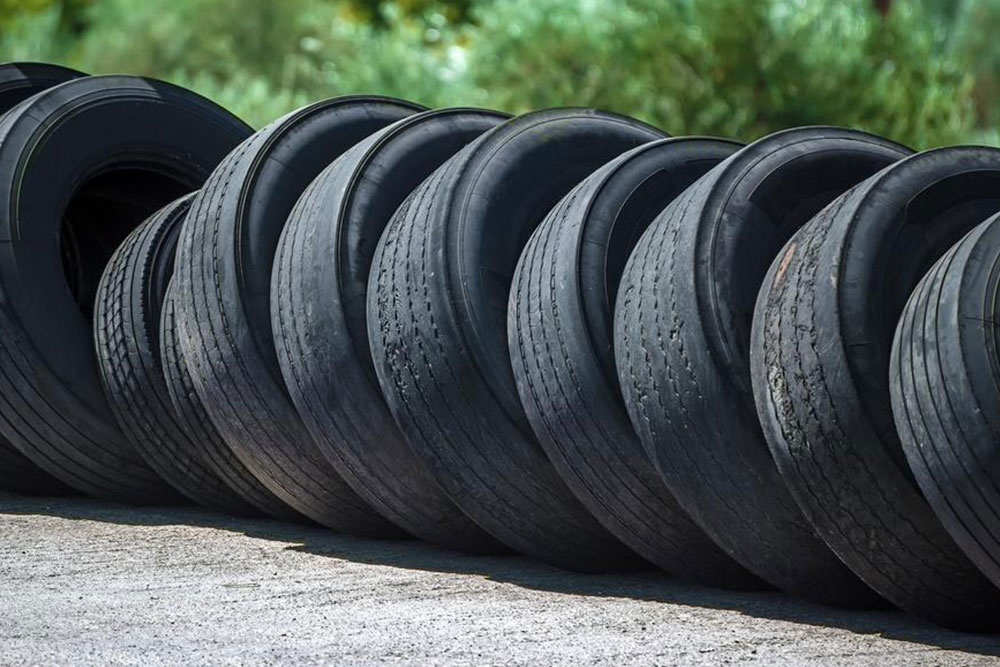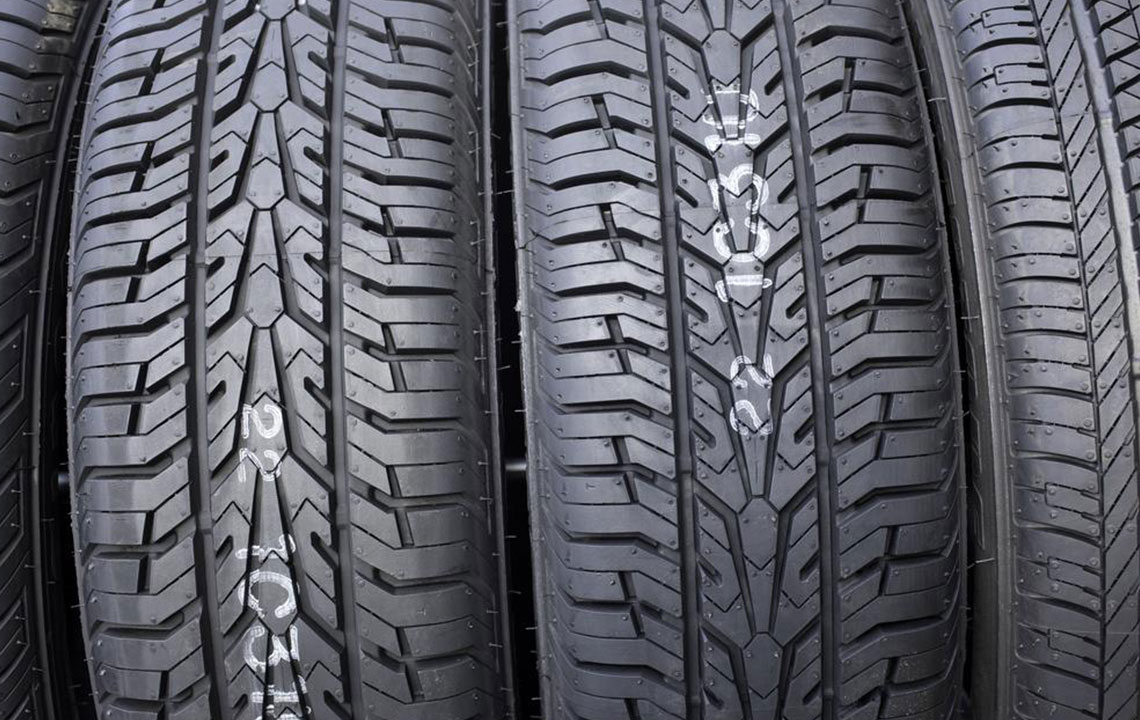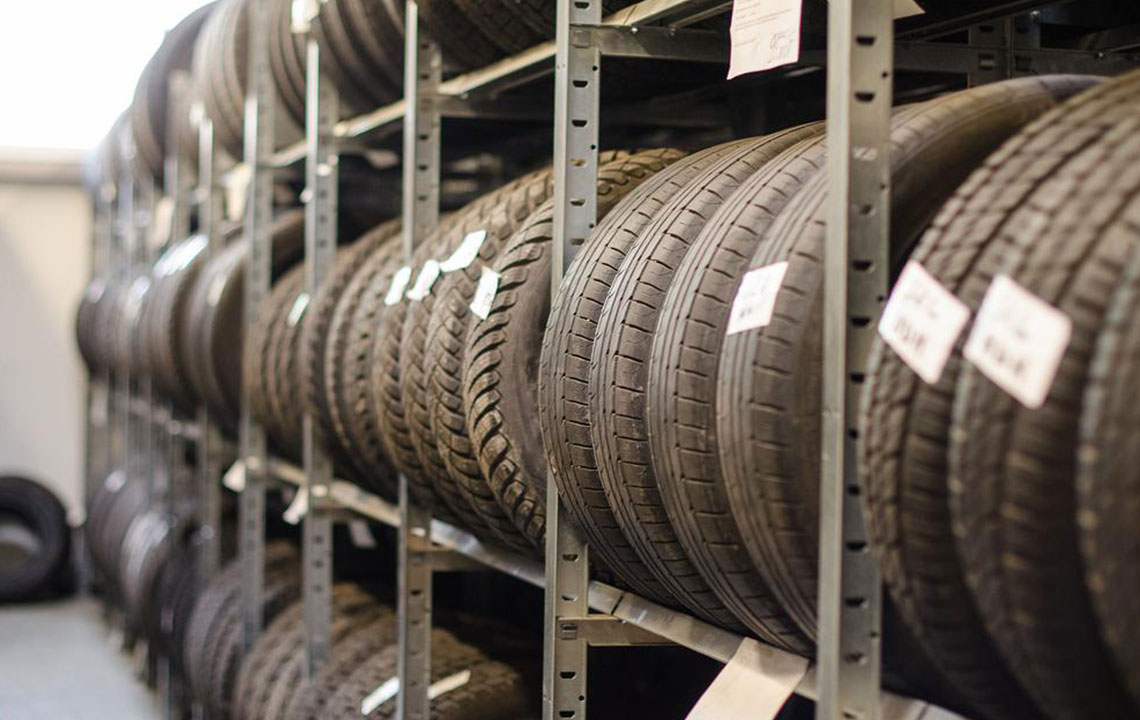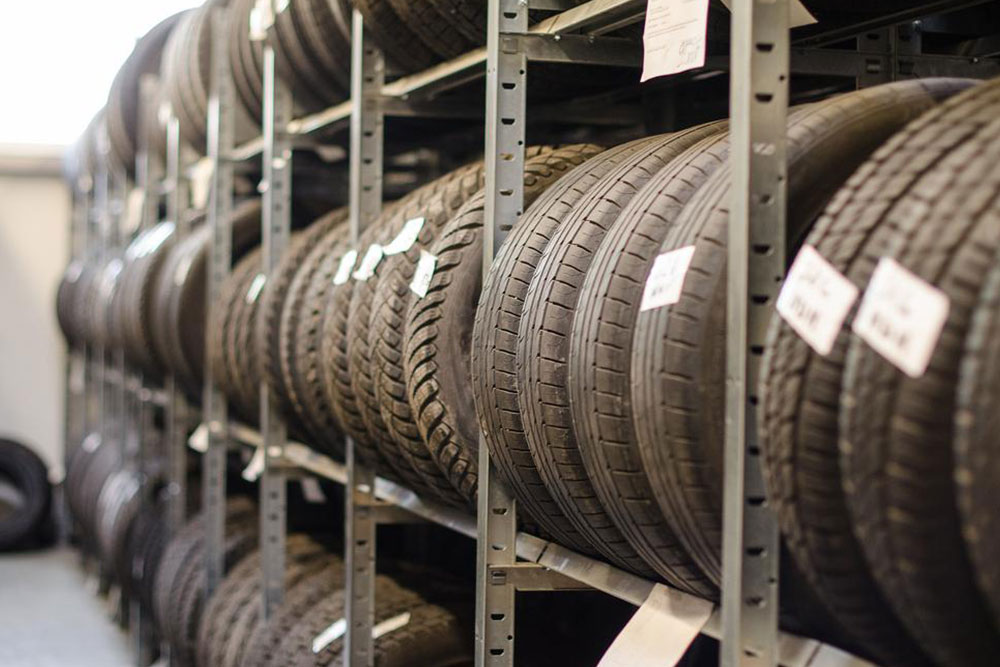Evolution and Timeline of Tire Technology
This article traces the historical evolution of tire technology from ancient rubber balls to modern high-performance tires. It highlights key innovations like vulcanization and pneumatic tires, underscoring their impact on safety, durability, and performance across various industries. The piece emphasizes ongoing research in racing and everyday applications, showcasing tire development as a reflection of technological progress and economic growth.

Understanding the Evolution and Milestones in Tire Technology
Tires play a crucial role across many sectors, reflecting technological progress and economic growth. They come in numerous types designed for automobiles, motorcycles, agricultural machinery, trucks, and airplanes, each optimized for specific functions. Over centuries, tire development has focused on increasing durability, extending lifespan, ensuring superior grip, and achieving fuel efficiency with low rolling resistance, all vital for safety and performance on diverse terrains.
Early tire designs were crafted for particular needs, incorporating unique features. Rubber's origins date back approximately 3500 years when South American natives extracted latex from the Para Rubber Tree (Hevea Brasiliensis), creating rubber balls. Columbus brought these balls to Europe. By the late 1800s, solid rubber tires capable of supporting loads and shock absorption emerged. Initially, rubber was used in its natural state before research improved its qualities for various uses.
Figures like Thomas Hancock and Charles Goodyear pioneered rubber vulcanization, greatly enhancing rubber's strength and flexibility. Dunlop tested various rubber mixtures to improve performance. Vulcanization was discovered accidentally when sulfur reacted with rubber during heating, leading to increased resilience. In 1845, R.W. Thomson introduced pneumatic tires—air-inflated tubes within leather casings—that offered better shock absorption and reduced puncture-related deflation. Despite initial skepticism, pneumatic tires gained widespread acceptance after a bicycle race victory, revolutionizing transportation.
Continuous innovation has led to specialized tire designs aiming to reduce road friction, improve grip, and ensure effective braking. Today, the racing sector drives further advancements, continually enhancing safety and performance standards.


